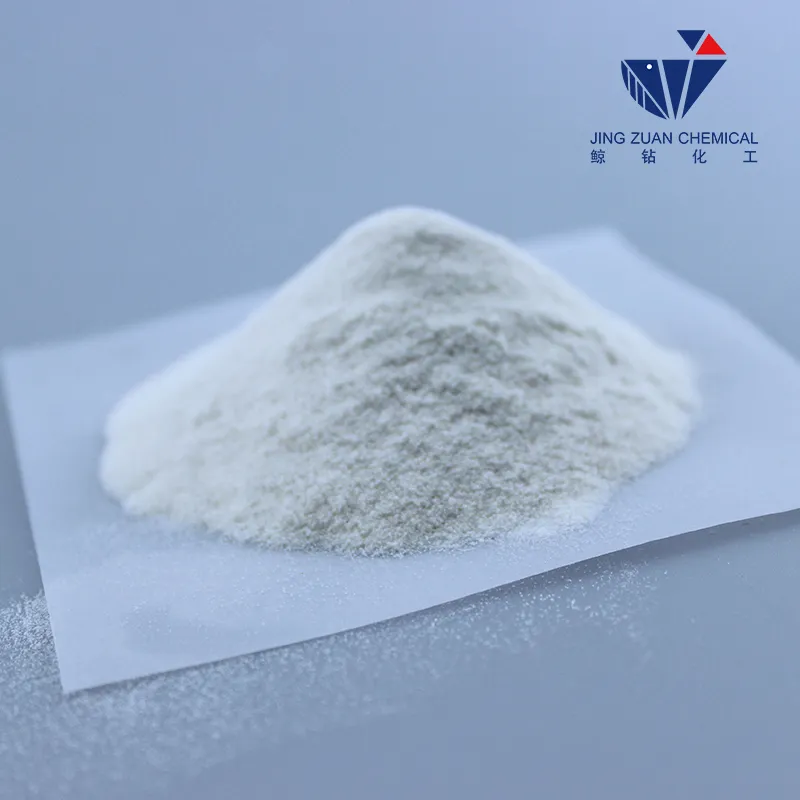
Lis . 24, 2024 21:41 Back to list
The Benefits and Applications of Redispersible Polymer Powders in Construction and Coatings
Redispersible Polymer Powders (RDPs) play a pivotal role in the construction and building materials industry, offering enhanced performance and versatility to a variety of applications. These powders are typically produced through the spray-drying process of polymer emulsions, resulting in a fine, free-flowing powder that can be easily stored and transported. Upon the addition of water, RDPs rehydrate and redisperse, allowing them to impart their beneficial properties to cement-based and other formulations.
One of the primary advantages of RDPs is their ability to improve the adhesion and flexibility of mortars and adhesives. This characteristic is essential in applications such as tile adhesives, gypsum-based plasters, and external insulation systems. The use of RDPs helps to create a stronger bond between different materials, ensuring durability and longevity in construction projects. Additionally, by enhancing flexibility, RDPs can accommodate the natural movements that occur in building materials, reducing the risk of cracking and failure.
In addition to adhesion and flexibility, RDPs contribute to improved workability of formulations. They allow for smoother application and extended open time, which is crucial when working on larger projects or in varying environmental conditions. This improved workability can lead to significant time and cost savings for construction professionals, making RDPs an attractive option in the competitive building materials market.
Another significant benefit of RDPs is their influence on the water resistance and durability of mortars and coatings. With the growing emphasis on sustainable construction practices, it has become increasingly important for building materials to withstand environmental stressors such as moisture, temperature fluctuations, and chemical exposure. RDPs enhance water repellency and resistance to microbial growth, which helps to preserve the integrity of the building envelope over time.
redispersible polymer

Moreover, RDPs are compatible with a wide range of additives and fillers, allowing for customization to meet specific performance requirements. This versatility makes them suitable for various applications, including interior and exterior wall systems, thermal insulation, and soundproofing materials.
As the construction industry continues to evolve, the demand for high-performance materials will only increase. RDPs offer a sustainable solution by improving the efficiency and effectiveness of traditional building materials, promoting both performance and durability. They align with the global trend towards eco-friendly construction practices, enabling builders to create structures that are not only strong and resilient but also environmentally responsible.
In conclusion, redispersible polymer powders are essential components in modern construction materials. Their ability to enhance adhesion, flexibility, workability, and durability makes them invaluable in various applications. As the industry increasingly prioritizes sustainable practices, RDPs are likely to play an even more significant role in shaping the future of construction. By leveraging the benefits of RDPs, builders can ensure that their projects stand the test of time while meeting the ever-evolving demands of the market.
-
Versatile Hpmc Uses in Different Industries
NewsJun.19,2025
-
Redispersible Powder's Role in Enhancing Durability of Construction Products
NewsJun.19,2025
-
Hydroxyethyl Cellulose Applications Driving Green Industrial Processes
NewsJun.19,2025
-
Exploring Different Redispersible Polymer Powder
NewsJun.19,2025
-
Choosing the Right Mortar Bonding Agent
NewsJun.19,2025
-
Applications and Significance of China Hpmc in Modern Industries
NewsJun.19,2025







